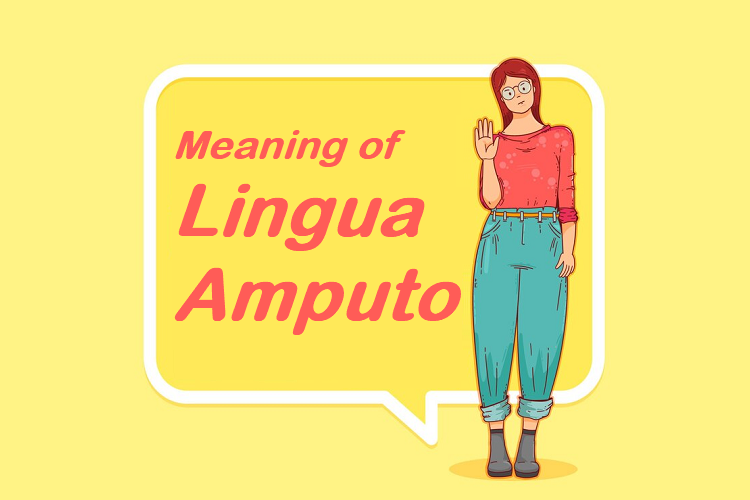In the vast landscape of linguistics and language studies, Lingua Amputo stands out as a captivating subject with layers of complexity waiting to be explored. In this article, we delve deep into the meaning, origins, and significance of Lingua Amputo.
Understanding Lingua Amputo
Lingua Amputo is a term that carries profound implications within the realm of language. Translated from Latin, it literally means “amputated language.” At its core, it refers to the process or act of stripping a language of certain elements, often resulting in a simplified or altered version.
Origins and Evolution
The roots of Lingua Amputo can be traced back to various linguistic phenomena throughout history. From pidgin languages born out of cultural exchange to creole languages emerging from colonial encounters, instances of linguistic simplification and adaptation abound.
The Significance of Lingua Amputo
Cultural Dynamics
The word reflects the dynamic interplay between language and culture. It serves as a mirror to societal changes, shedding light on shifts in power dynamics, socio-economic influences, and cultural exchange.
Linguistic Adaptation
In some cases, It represents a pragmatic response to communication barriers. By streamlining linguistic structures and vocabulary, it facilitates cross-cultural understanding and communication, fostering cohesion in diverse communities.
Literary and Artistic Expression
Within artistic and literary spheres, It manifests as a tool for creativity and experimentation. Writers and artists often manipulate language, stripping it down to its essence or infusing it with new meanings to convey unique perspectives and narratives.
Examples of Lingua Amputo in Practice
Simplified Languages
One prominent example of this word is the emergence of simplified languages such as Basic English or Esperanto. These constructed languages aim to streamline communication on a global scale, emphasizing clarity and accessibility.
Dialectical Variations
Dialectical variations within a language can also exemplify this word. Regional dialects often undergo simplification processes, resulting in distinct linguistic features and expressions that reflect local identities and histories.
Implications and Controversies
Preservation vs. Adaptation
The concept of Lingua Amputo raises questions about the balance between linguistic preservation and adaptation. While simplification may facilitate communication, it also risks eroding cultural heritage and linguistic diversity.
Power Dynamics
Critics argue that Lingua Amputo can perpetuate power imbalances, privileging dominant languages and marginalizing minority languages. The imposition of simplified linguistic standards may overlook the richness and complexity of indigenous languages.
Conclusion
The word serves as a lens through which we can examine the intricate relationship between language, culture, and society. Whether as a catalyst for cross-cultural communication or a symbol of cultural resilience, its significance resonates across diverse contexts.



